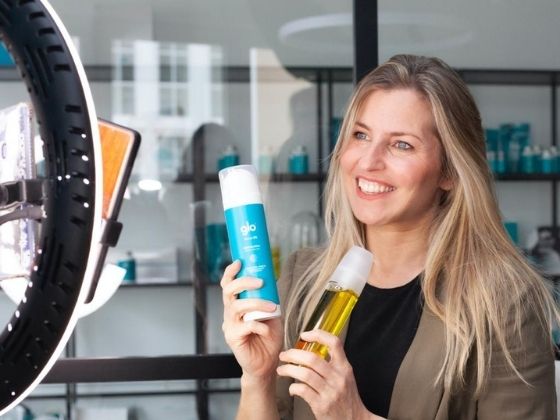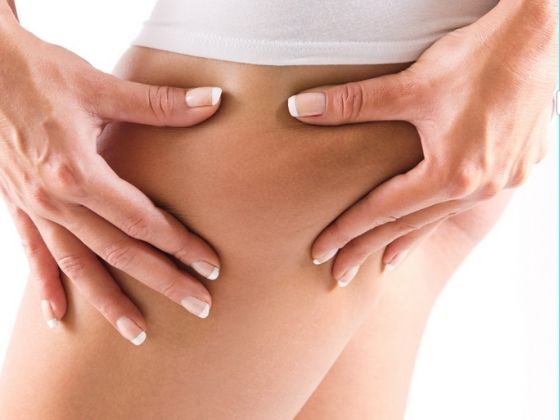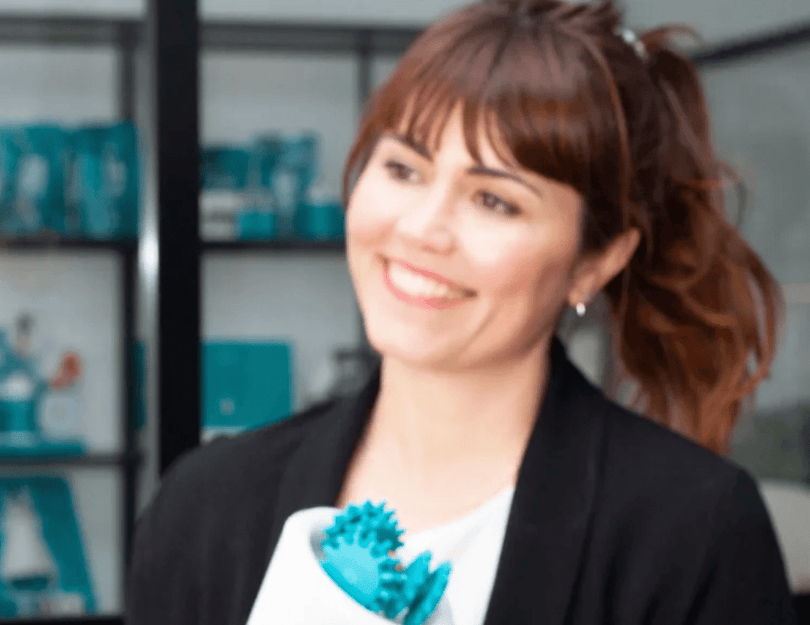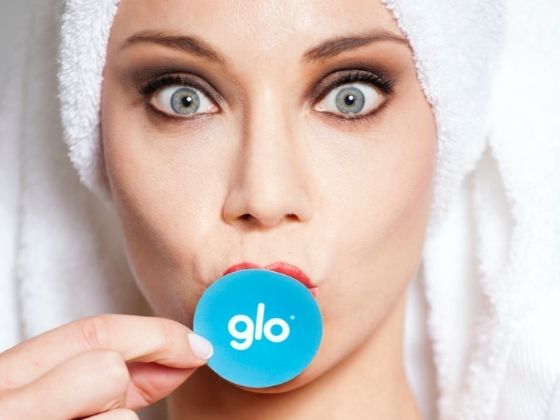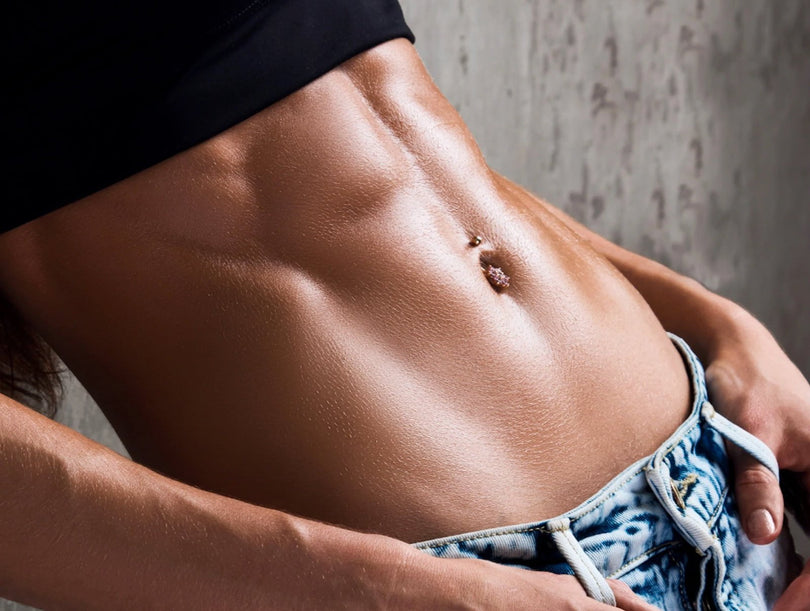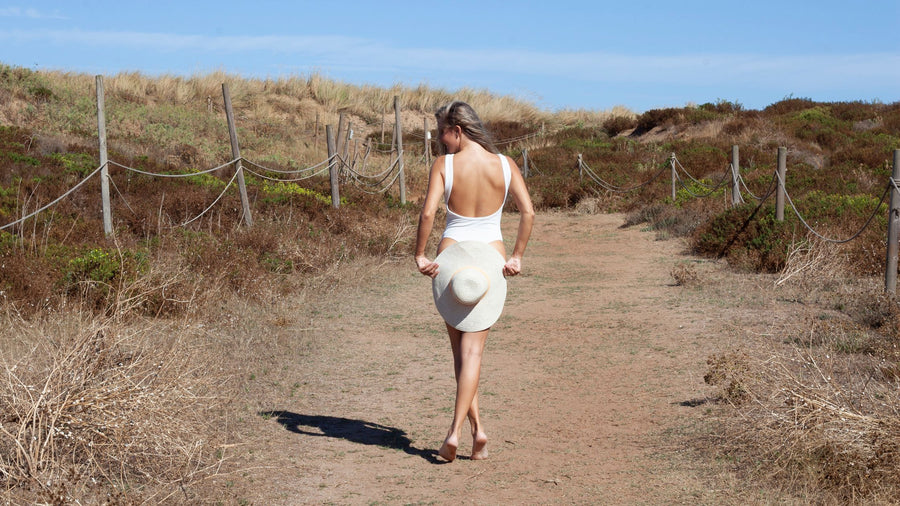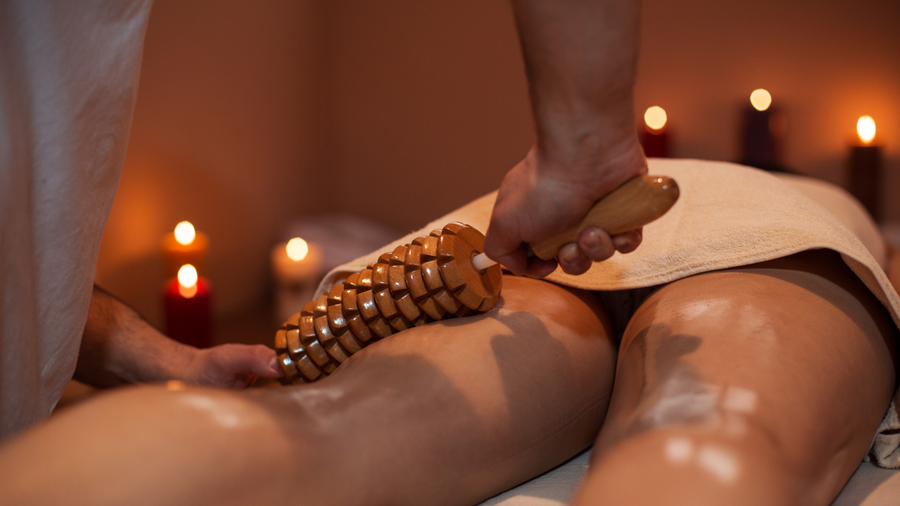Why does cellulite appear, what is it, and can it be avoided? These are questions that many of us women ask ourselves, since 95% of us have cellulite at some point in our lives. Let's get to know the "enemy" better to understand what we can change or improve in our care and habits to reduce cellulite once and for all.
Cellulite is a chronic disorder that tends to worsen over time, so it is vital to act to stop the process from getting worse. Once we determine how we are going to act, the key is to be consistent in the treatment and always take care of ourselves. The results will never be the same for every woman because it will depend on the type of cellulite and degree of cellulite, as well as the treatment applied and the consistency, eating habits, and exercise. But first, it is vital to thoroughly understand what it is, why it occurs, and what we can do to avoid or attenuate it.
The results will vary greatly depending on the type of cellulite you have, and what state it is in. It may be difficult to eliminate it completely, but we can always improve it with perseverance.
It is good to be realistic with expectations, because sometimes the promises of some cosmetics or treatments lead to disappointment and frustration, and one feels like throwing in the towel before even trying. Wrong!, because there are ways to treat and improve it.
Almost all of us think that cellulite is linked to being overweight, but this is not so. You can be thin and have cellulite; in fact, even models and celebrities who take care of themselves, can have it because it may have a genetic origin. Whatever the cause, cellulite always begins with the accumulation of fluid in the subcutaneous tissue, which the lymphatic system has not eliminated naturally.
This retention in the subcutaneous tissue causes the alteration of some physiological functions of fibrous, adipose, and connective tissues. Sugar polymers from the blood vessels leak into the extracellular space. As a consequence, adipocytes (fat cells) hypertrophy, growing in size. The fat cells continue to grow in number and thickness, and the fibrous septa, or connective tissue, tightens, and the micro-circulation and tissue become congested. Starting a vicious circle of cellulite.
The irregular appearance of the skin is called "orange peel skin" and is due to two factors:
- Connective tissue, naturally elastic, contracts. The tight connective tissue pulls the skin down.
- On the other hand, fat cells thicken and grow in number, pushing out the superficial part of the skin.
This usually occurs in certain areas of the body that we all know well: mainly the abdomen, buttocks, hips, or thighs, but it can also appear on the arms, for example.
Is cellulite and orange peel skin the same thing?
Cellulite occurs in the hypodermis, that is, the deepest layer of the skin. It is crucial to be aware of this point, as we sometimes believe that it is something superficial when we see its external effect, the famous "orange peel", when this is only the manifestation of what is happening in the deeper layers. Confusing, this can lead us to put too many expectations on cosmetic treatments, which have a great limitation to reach the necessary depth.
Types of cellulite
Not all cellulite is the same, there are several types and conditions.
Localized and hard cellulite
- It is hard and compact to the touch, and may be painful to the touch due to pressure on nerves and blood vessels. The "orange peel" is evident. It is common in young women and is also frequent in athletic women, with toned muscles, but if left untreated, it remains for life. It is preferably located on the outer side of the thighs (typical thighs), inner side of the knees, and buttocks, and can often present stretch marks.
- Appearance: When a portion of skin is squeezed between the fingers, a roughness similar to "orange peel" will be seen. Turning this portion between the fingers, small nodules of hard consistency are perceived.
Soft cellulite
At first glance, there is a gelatinous character in these areas; it is a spongy tissue that moves when walking. It is not usually painful, and the "orange peel" is visible to the naked eye, especially on the outer thighs, but also on the abdomen, back, arms, and buttocks.
It is common in sedentary people, or people who were active but are no longer active. It is also frequent in people who have gained and lost weight abruptly. It is very common in middle-aged women (30–40 years old).
Appearance: affects the body in general. It is usually diagnosed by visual inspection. It can cause a deformity in the pelvic region, and the skin can reach a thickness of 5 to 8 cm. In standing position, the typical "pads" are observed, and with palpation, the softness of the tissue and the presence of small hard nodules, is noted.
Edematous cellulite
This type of cellulite is linked to malfunctioning of the circulatory and lymphatic systems. And here, unfortunately, sedentary lifestyles and diets rich in sodium and carbohydrates do it a disservice.
The lymphatic system is the one that transports toxins and liquids through the body, and when the system stops working properly, edematous cellulite appears, as the body is unable to eliminate excess liquids and toxins by itself, resulting in swelling, pain, loss of sensibility, etc. The cellular tissue becomes thicker and thicker due to the accumulation of fat and toxins; it becomes more sensitive, and the circulatory system is affected, manifesting itself in heaviness, pain, and cramps, especially in the lower part of the body.
The typical characteristics of edematous cellulitis are:
- Viscous consistency with nodules.
- Painful to the touch and sometimes even spontaneously bothersome.
- The orange peel skin is not visible spontaneously, but when the areas are pinched. It is noticeable, for example, when the buttocks are squeezed.
- It occurs in women of all ages, although it is more common in young women and adolescents, usually appearing between the ages of 20-30 years.
- It is mainly located in the lower extremities (thighs and knees), but the most affected part is the lower legs.
- It is the most severe but least frequent form of cellulite and is usually accompanied by obesity.
The area most affected by cellulite
As we have seen in the types of cellulite, the areas vary somewhat depending on the type of cellulite you have, but in general, the middle and lower area is the worst off among the types of cellulite we have mentioned, mainly affecting the abdomen, buttocks, thighs and buttocks.
It is also quite common to have mixed cellulite, being able to combine in the same woman two different types of cellulite.
Being overweight increases the problems, and the cellulite map can reach the inner arms, ankles, or lower back.
Therefore, a healthy lifestyle will always be key against cellulite and key to good health.
The basis, as in almost everything, is food. A balanced and varied diet will help the lymphatic and circulatory systems to function properly. Basically, we all know how important it is to eat vegetables and fruits, avoid fried foods, precooked foods, with lots of salt, etc. Among the best foods are pears, pineapple, bananas, sunflower seeds, flaxseeds, ginger, nuts, eggs, celery, rosemary, kale, citrus fruits, papaya, and barley. And, of course, drink water regularly, as good hydration will help the lymphatic system function.
A balanced diet and regular physical activity, have to be part of your life; walking, swimming, cycling.... combined with strength training to maintain muscle mass, would be the ideal combination.
Can an anti-cellulite cream help to improve cellulite?
The biggest handicap of cosmetic treatments is that they act more on the superficial layers of the skin, and it is almost impossible for their active ingredients to reach the hypodermis, the deepest layer where the adipocytes are located.
Active ingredients such as retinol and hyaluronidase have become fashionable lately to promote skin firmness and thickness, to help smooth the outer appearance of orange peel skin. There are also substances widely used in cosmetics, such as caffeine, L-carnitine or green tea for their thermogenic effect, or others that improve micro-circulation, such as horse chestnut or centella asiatica for edema, which are problems directly associated with cellulite.
They may not be able to eliminate it, but they can help to improve it and prevent it from appearing. However, to see results, you must be very consistent and apply them with an energetic massage until they are completely absorbed, twice a day (morning and evening). Massage can increase up to 50% of the penetration of the active ingredients and, therefore, greatly improve their effectiveness.
To perform a proper anti-cellulite massage, it is recommended to go to a specialist or use a good massager, to be able to apply the massage ourselves and make it easier to be consistent.
The massager can be manual or electric, generally more expensive but more effective and easier to apply. To choose the best anti-cellulite massager, you need to look at some key features: technology, power, accessories to adapt it to your type of cellulite, ergonomics, the opinions of women and experts, and clinical studies that support its effectiveness..... In short, it must be able to easily and effortlessly reproduce the anti-cellulite and slimming massage applied by an expert, even without any knowledge. This massage is not simple; it must be performed with rotating and ascending movements at a deep level, at a constant rhythm and force, to break up adhesions and fat nodules, as well as stimulate the lymphatic and blood systems. If it is a good device, it will be able to perform the massage deep enough without hurting and will help us turn the massage into a pleasant habit that will encourage us to be constant.
Glo910, the best anti-cellulite massager for home use
You already have a lot of information to assess what type of cellulite you have and what may be its causes, as well as tips to take care of yourself from the inside and outside. Remember, the key is perseverance and to help you with the best tools that allow you to act on the causes of cellulite effectively. Dare to take care of yourself, and do not give up, you will see how you get results!

